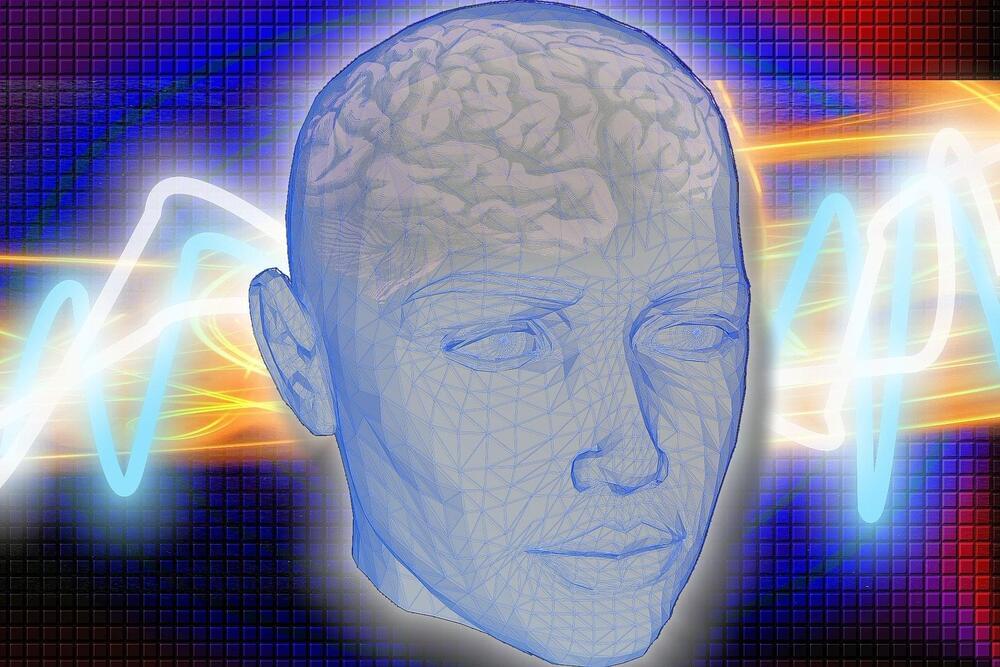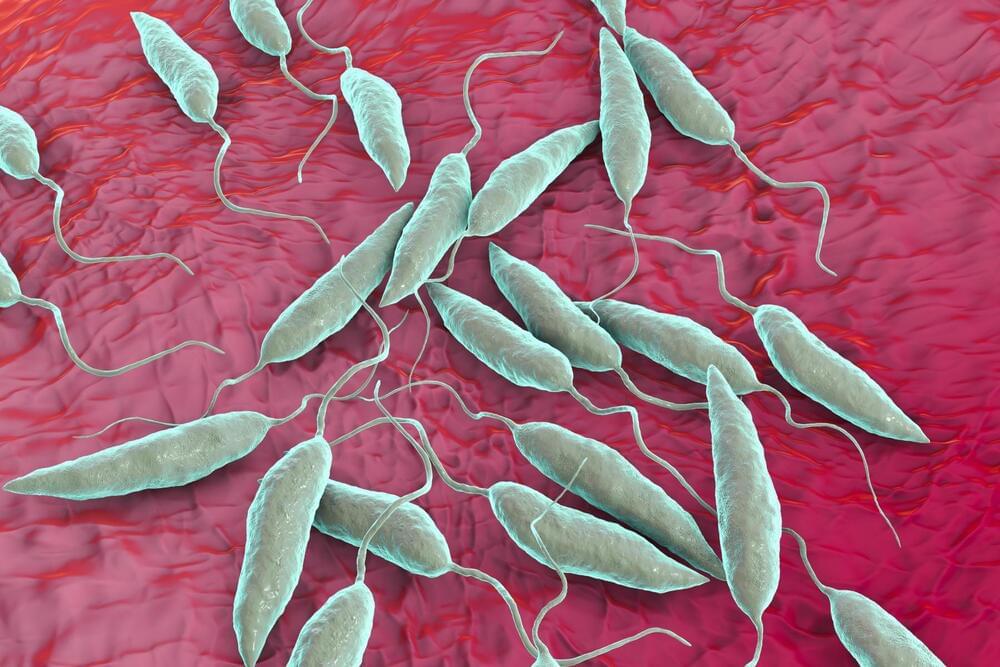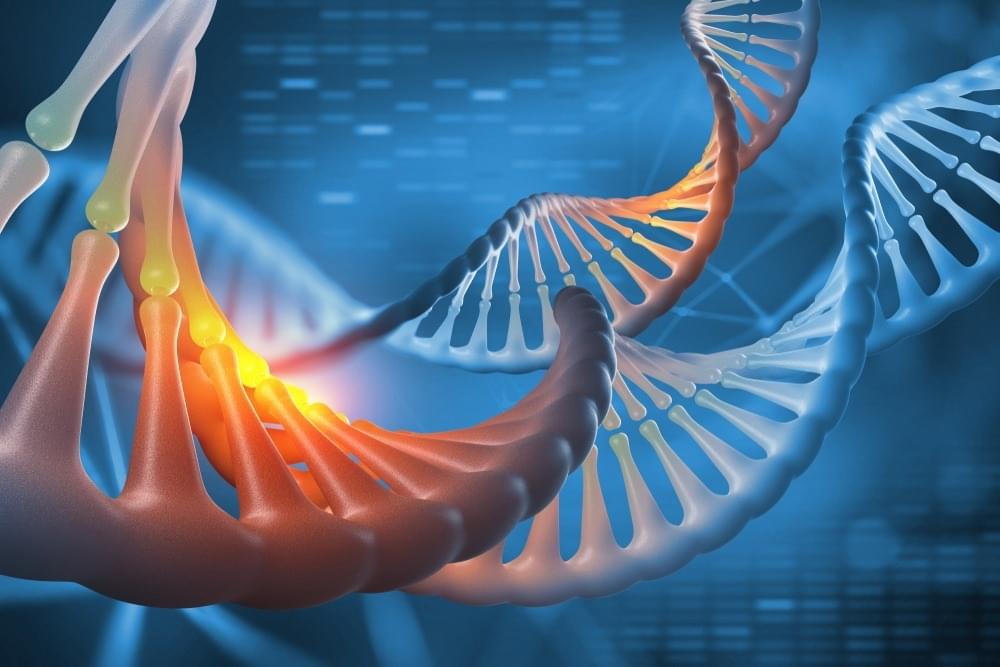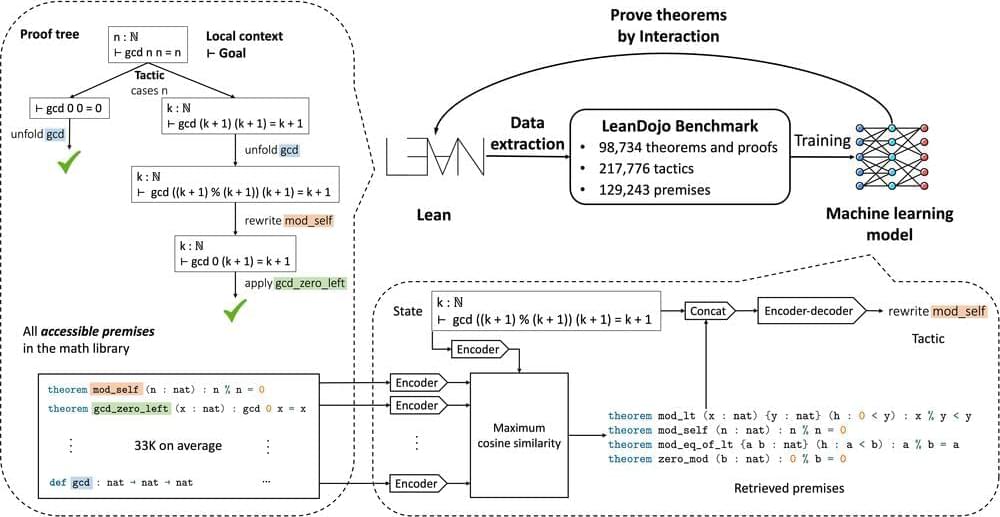It happened! Starship and SuperHeavy Did Launch for the second time. All 33 raptors were working. Hot staging went as planned. But then both the Booster 9 and Ship 25 were lost. What exactly went wrong and what does it mean for the future of Starship?
Get the latest international news and world events from around the world.
SpaceX Weekly Update: Next Generation Starship Progress & Preparations
This week at Starbase a new sign is installed at the launch site, Booster 10 appears nearly complete, and construction continues at the build site, Massey’s Test Site, Sanchez and the launch site, while over at Cape Canaveral, SpaceX continues Starlink launch and recovery operations while getting ready for the next Falcon Heavy launch, and we review the latest batch of flyover photos courtesy of Greg Scott and Farielle Mohan.
SpaceX and NASA’s Lunar Starship Redesign for Lunar Exploration
SpaceX’s newly leaked version of the lunar Starship has been significantly updated to overcome the unique challenges of lunar exploration, demonstrating their commitment to developing technology essential for future missions to the moon and Mars.
Questions to inspire discussion.
What updates have been made to SpaceX’s lunar Starship?
—The newly leaked version of the lunar Starship has been significantly updated to overcome the unique challenges of lunar exploration.
SpaceX Falcon Heavy Achieves Milestones with X-37B, ULA Faces Challenges
The impact of nature and technical challenges on space missions highlights the complexities and challenges inherent in space launch vehicle development.
Questions to inspire discussion.
What is the significance of the upcoming X-37B space plane launch?
—The upcoming launch of the X-37B space plane on SpaceX Falcon Heavy marks a significant milestone in space launch vehicle development, with potential new mission aims and the need for enhanced lifting prowess.

Brain implants revive cognitive abilities long after traumatic brain injury in clinical trial
In 2001, Gina Arata was in her final semester of college, planning to apply to law school, when she suffered a traumatic brain injury in a car accident. The injury so compromised her ability to focus she struggled in a job sorting mail.
“I couldn’t remember anything,” said Arata, who lives in Modesto with her parents. “My left foot dropped, so I’d trip over things all the time. I was always in car accidents. And I had no filter—I’d get pissed off really easily.”
Her parents learned about research being conducted at Stanford Medicine and reached out; Arata was accepted as a participant. In 2018, physicians surgically implanted a device deep inside her brain, then carefully calibrated the device’s electrical activity to stimulate the networks the injury had subdued. The results of the clinical trial were published Dec. 4 in Nature Medicine.

Harnessing the Power of a Parasite that can Stop Pain
For the first time, scientists have begun to figure out why the disfiguring skin lesions caused by cutaneous leishmaniasis don’t hurt.
Researchers analyzed leishmaniasis lesions on mouse skin to detect metabolic signaling pathways that differed from uninfected mice. Results suggested the parasites that cause the disease change pain perception—presumably as a way to delay treatment and promote their own survival.
“No one knows why these lesions are painless—but it has been thought that the parasite somehow manipulates the host physiological system,” said Abhay Satoskar, senior author of the study and professor of pathology at The Ohio State University College of Medicine.
The Most Unsettling Science and Science Fiction Ideas with Isaac Arthur
The Spookiest Ideas in the Universe with Isaac Arthur.
Isaac Arthur links:
https://www.youtube.com/channel/UCZFipeZtQM5CKUjx6grh54g.
https://twitter.com/Isaac_A_Arthur.
YouTube Membership: https://www.youtube.com/channel/UCz3qvETKooktNgCvvheuQDw/join.
Podcast: https://anchor.fm/john-michael-godier/subscribe.
Apple: https://apple.co/3CS7rjT
More JMG
https://www.youtube.com/c/JohnMichaelGodier.
Want to support the channel?
Patreon: https://www.patreon.com/EventHorizonShow.
Follow us at other places!

How Spatial Genomics Is Revolutionizing Our Understanding of Health and Disease
Introduction to spatial genomics The power of single-cell resolution Mapping the blueprint of health Case study: Bio-Techne Challenges and future prospects References Further reading
Spatial genomics is a cutting-edge field that combines genomics and spatial analysis to investigate the role of genomic features in disease at single-cell resolution.
Spatial genomics is a field of study that focuses on analyzing the spatial organization of genomic features within intact tissues. It involves the simultaneous analysis of various molecular components, including genomic DNA and RNA, through transcriptomic analysis and epigenetic modifications within their spatial context. These techniques aim to reveal the spatial relationships between the different genomic elements and provide insights into the organization and function of single cells within tissues, enabling the molecular connection of a particular genotype to its phenotype.

SpaceX Superloads Journeying Through Kansas
Summary: In a rare sight that captivated local communities, SpaceX Superloads have been reported passing through Kansas. These massive transports are carrying essential components for SpaceX’s ambitious aerospace projects. The transit of such large cargos demonstrates the intricate logistics involved in the space industry and showcases the growing presence of aerospace innovation in the heartland of the United States.
Understanding SpaceX Superloads A “Superload” refers to a cargo that exceeds the standard size and weight limits for road transportation. In the context of SpaceX, these could be parts for their launch vehicles, such as Falcon 9 or Falcon Heavy rockets, or perhaps sections of the stainless steel Starship being developed for missions to Mars.
The Passage Through Kansas Reports have surfaced that residents along certain highways in Kansas have witnessed the procession of these massive SpaceX components. The journey necessitates meticulous planning and coordination with local authorities to manage road closures, traffic control, and sometimes even the removal of street signs or lights to facilitate passage.

LeanDojo: Theorem Proving with Retrieval-Augmented Language Models
Lean Co-pilot for LLM-human collaboration to write formal mathematical proofs that are 100% accurate.
Top right: LeanDojo extracts proofs in Lean into datasets for training machine learning models. It also enables the trained model to prove theorems by interacting with Lean’s proof environment.
Top left: The proof tree of a Lean theorem ∀n∈N, gcd n n = n, where gcd is the greatest common divisor. When proving the theorem, we start from the original theorem as the initial state (the root) and repeatedly apply tactics (the edges) to decompose states into simpler sub-states, until all states are solved (the leaf nodes). Tactics may rely on premises such as mod_self and gcd_zero_left defined in a large math library. E.g., mod_self is an existing theorem ∀n∈N, n % n = 0 used in the proof to simplify the goal.